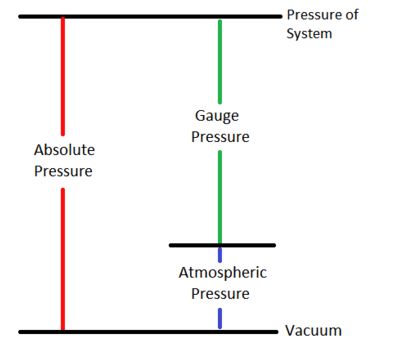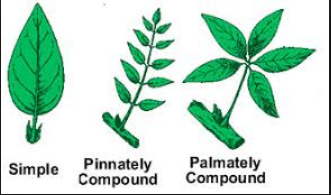Difference Between 2 Pole Motors And 4 pole Motors
When it comes to electromechanical systems, electric motors are generally used to convert electrical energy into mechanical energy. Among the various types of electric motors, the 2 pole and 4 pole motors stand as the most common. Let us talk about 2 pole vs 4 pole motors by looking at the principles behind their operation, … Read more


